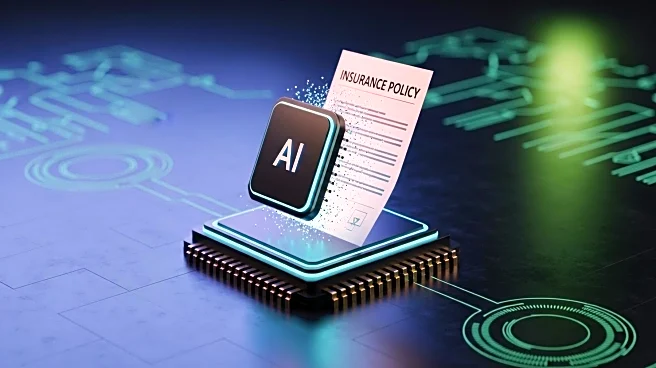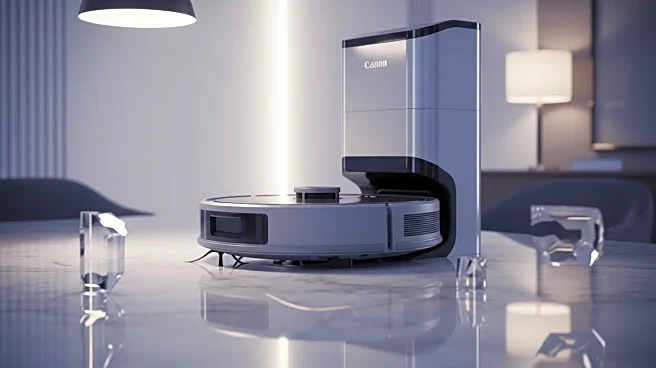What's Happening?
The insurance industry is increasingly adopting transparency in its claims processing, inspired by the success of Domino's Pizza's transparency strategy. Domino's, once struggling with poor quality and image, turned its fortunes around by openly admitting its shortcomings and promising improvements. This approach, coupled with the introduction of the Pizza Tracker, significantly boosted customer satisfaction and sales. The insurance sector is now looking to implement similar transparency measures, such as providing policyholders with real-time updates on their claims status. This move aims to enhance customer experience by reducing uncertainty and frustration during the claims process.
Why It's Important?
The shift towards transparency in the insurance industry could have significant implications for customer satisfaction and retention. By providing clear and timely updates on claims, insurers can improve their brand perception and reduce the volume of customer inquiries. This approach not only enhances the customer experience but also potentially reduces operational costs associated with handling claims inquiries. As policyholders increasingly demand transparency, insurers that fail to adapt may risk losing customers to more transparent competitors. The adoption of transparency measures could thus become a key differentiator in the competitive insurance market.
What's Next?
Insurers are expected to continue exploring and implementing transparency tools similar to the Pizza Tracker. This may involve developing user-friendly interfaces that provide policyholders with detailed timelines of their claims process. Additionally, insurers might leverage technology to automate updates and notifications, further enhancing the customer experience. As the industry moves towards greater transparency, insurers will need to balance the need for openness with the protection of sensitive information. The success of these initiatives will likely depend on insurers' ability to effectively integrate transparency into their existing systems and processes.











